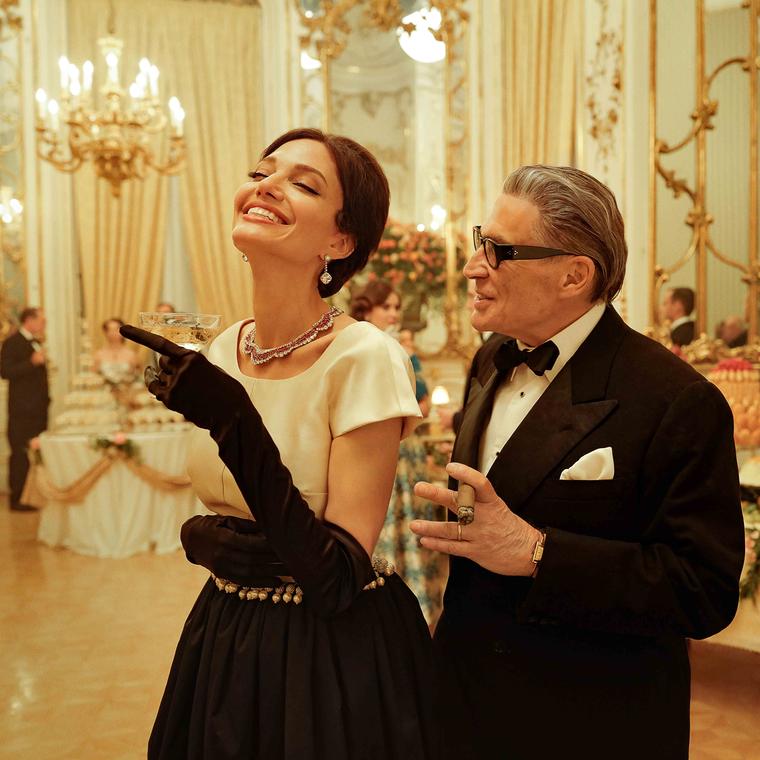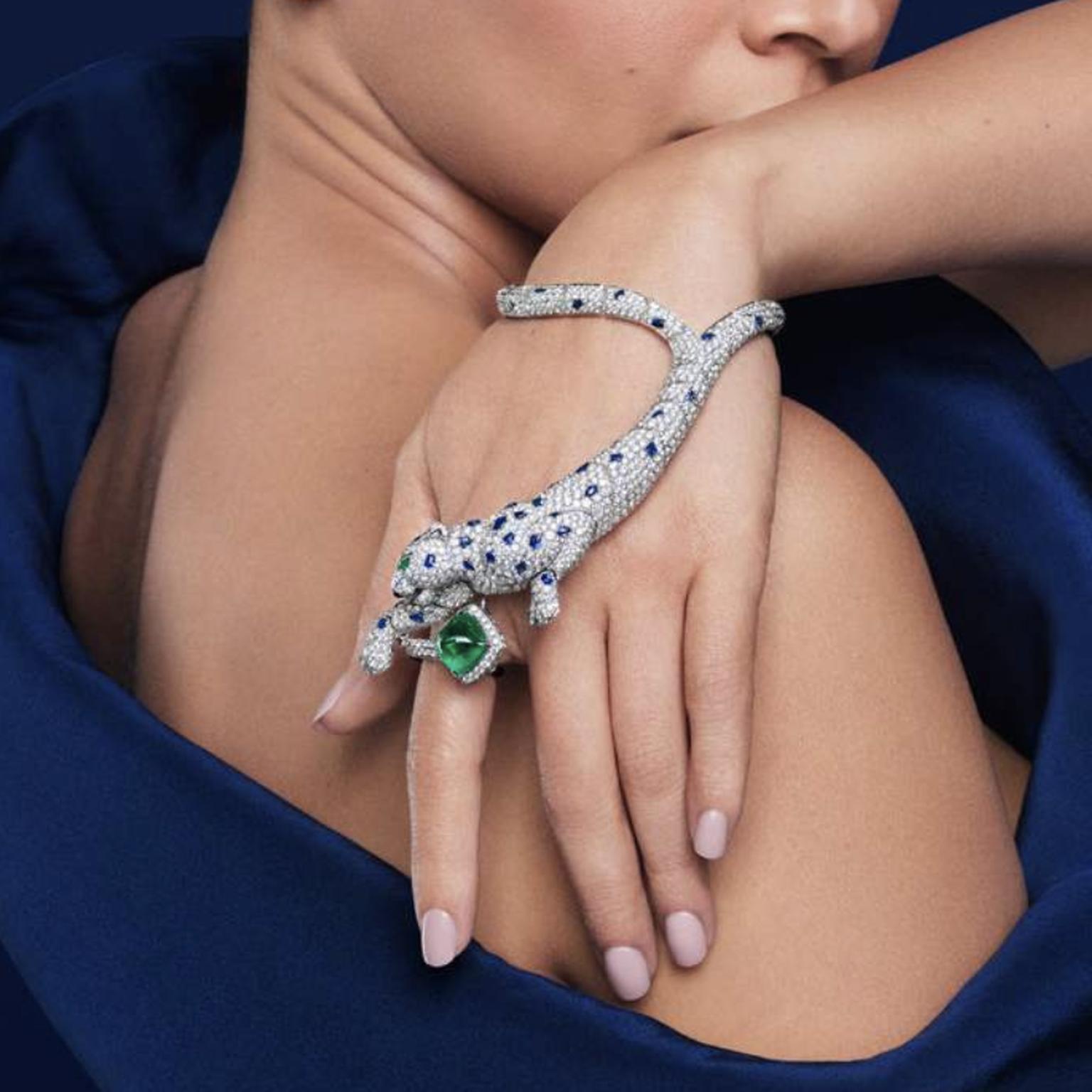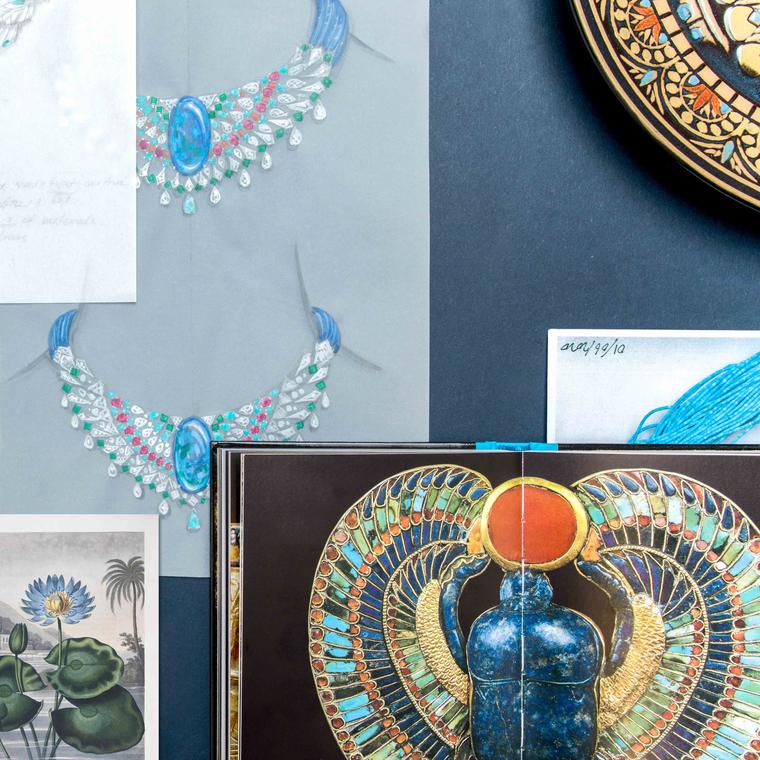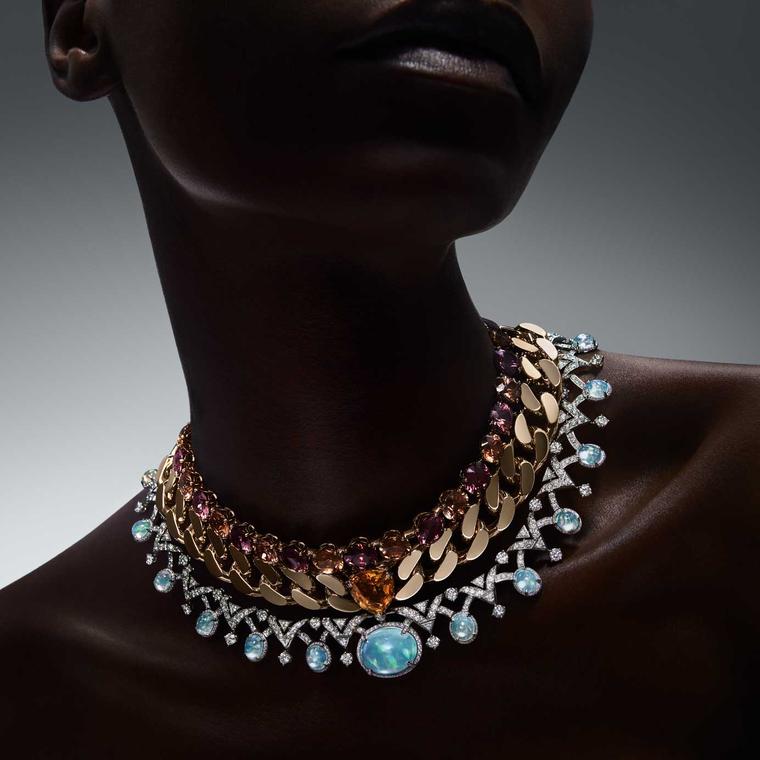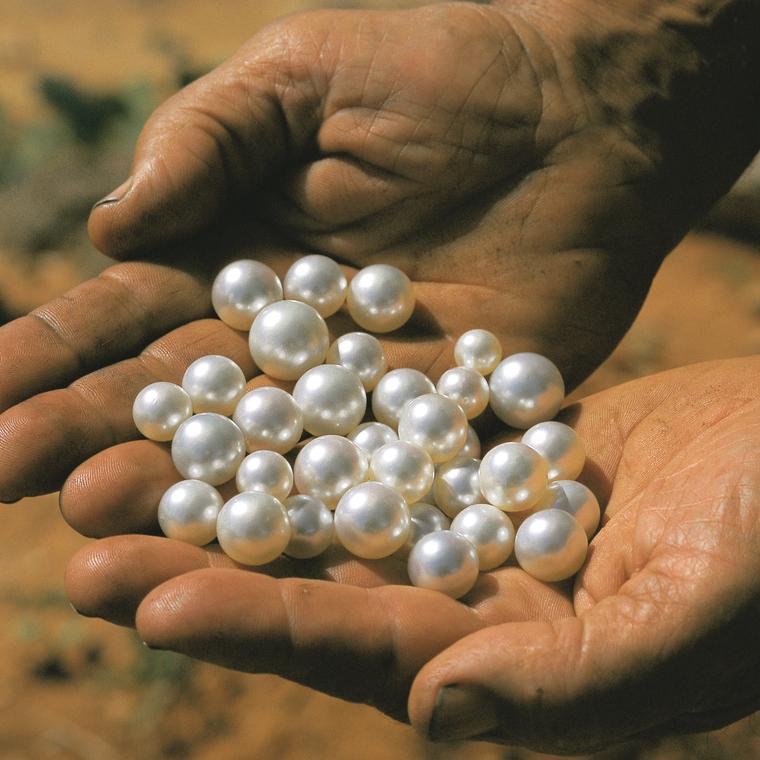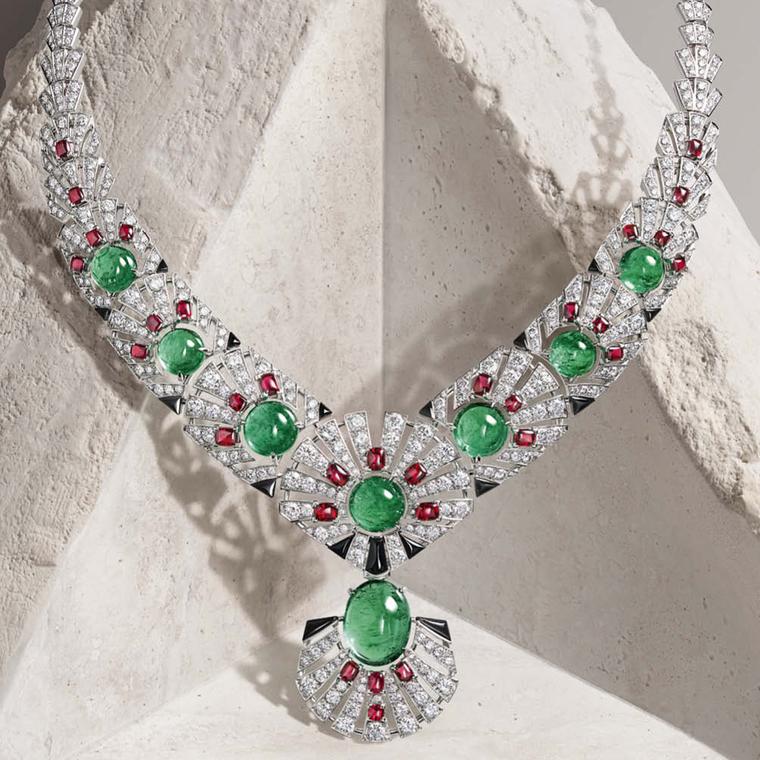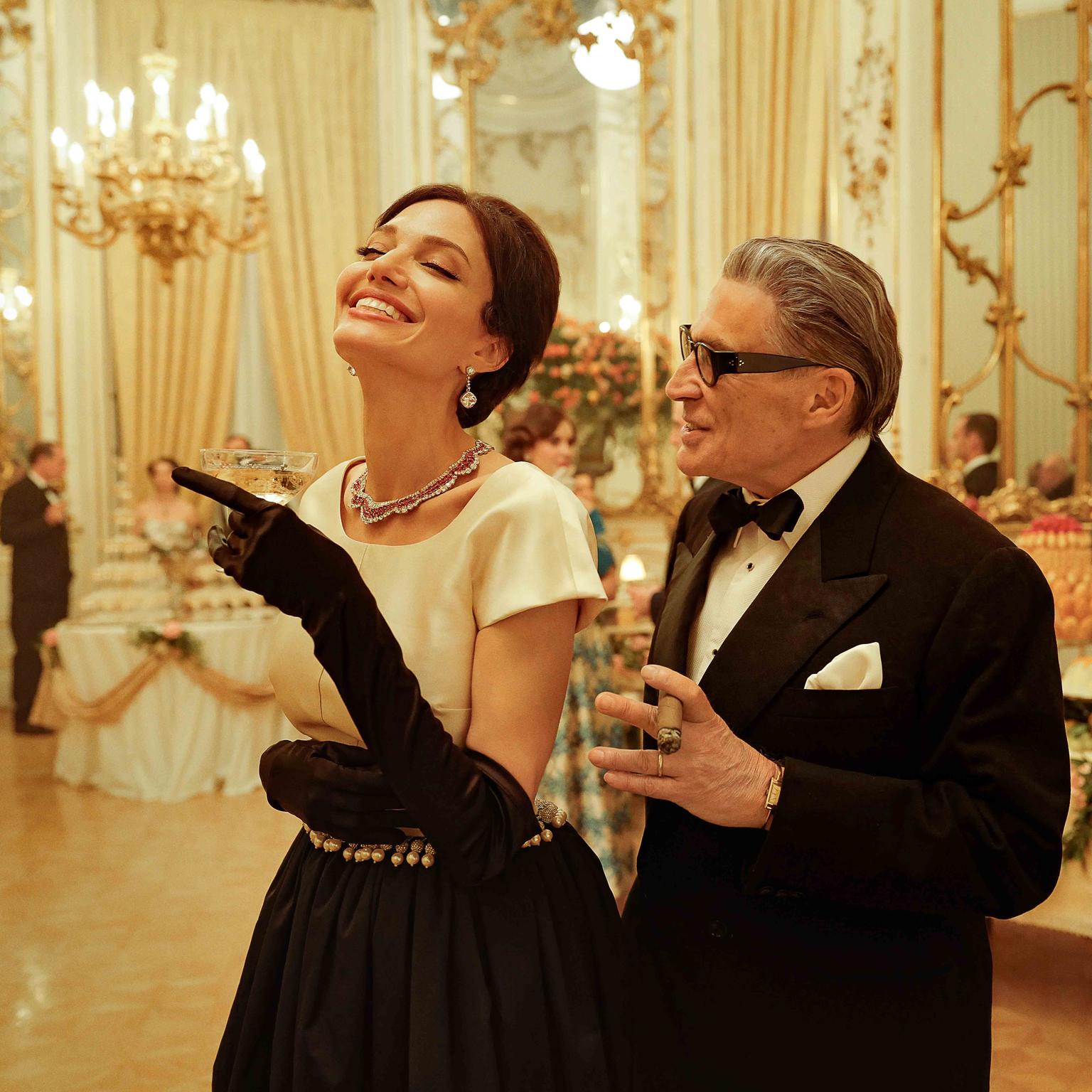
Rising from modest beginnings as a Greek immigrant born in New York, Maria Callas made her professional debut in 1941 and within 10 years was performing at all the great opera houses, her most famous works being Puccini’s Tosca, Bellini’s Norma and Verdi’s La Traviata.
Jewellery played a big role in creating her glamorous diva persona during her rise to stardom, with archive film clips featuring her in ruby, emerald and diamond pieces for her concert performances and stacked rows of pearl necklaces in interviews. The jewels were sophisticated and chosen for their elegance and dramatic flair, reflecting the opulence and grandeur Callas embodied on and off stage.
“She [Callas] went from singing 300 years of operatic music as an overweight young woman to becoming an icon of elegance and beauty,” said Stefano Papi, co-author of 20th-Century Jewelry & the Icons of Style.
Many of her jewels were bought by her husband, Giovanni Battista Meneghini, a wealthy industrialist 28 years her senior whom she married in 1949. After a triumphant performance in Medea at La Scala in 1953 he bought her a ruby and diamond parure from Faraone in Milan, jewels rumoured to have been made by Harry Winston.
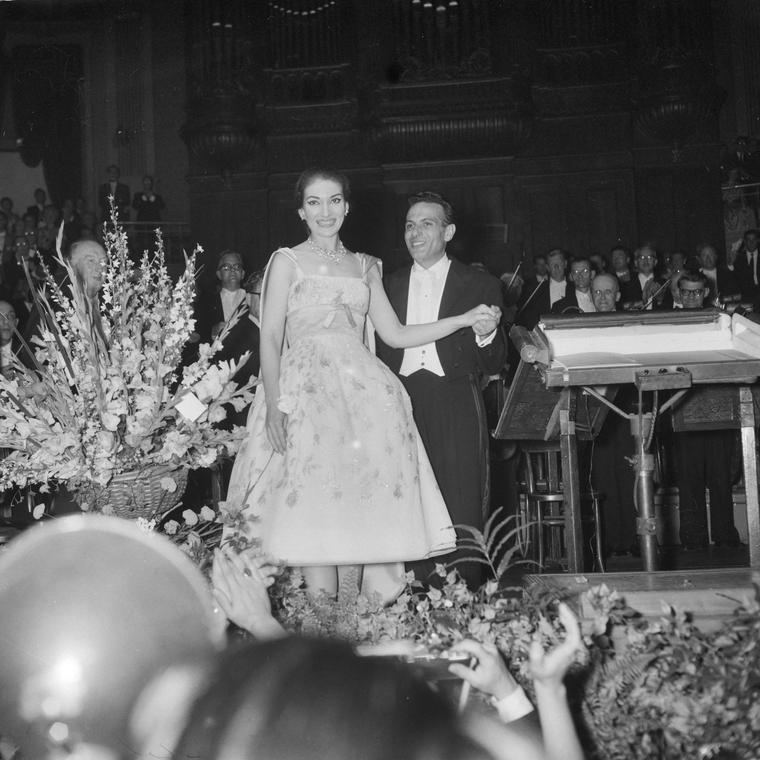
A replica of the necklace features in Pablo Larrain’s film Maria starring Angelina Jolie who brings La Divina, as her many fans called her, back into the spotlight, recalling the last years of the tempestuous and bejewelled opera star before she died at the age of 53 of a broken heart alone in her Paris apartment.
Jolie wore a couple of Cartier brooches that had belonged to Callas in the film and at its premiere in Cannes. “It was very moving to be wearing a piece of Cartier jewellery she wore and owned,” said Jolie. “To have jewellery of such a high quality on camera felt special and right for Maria. She was such an elegant lady.”
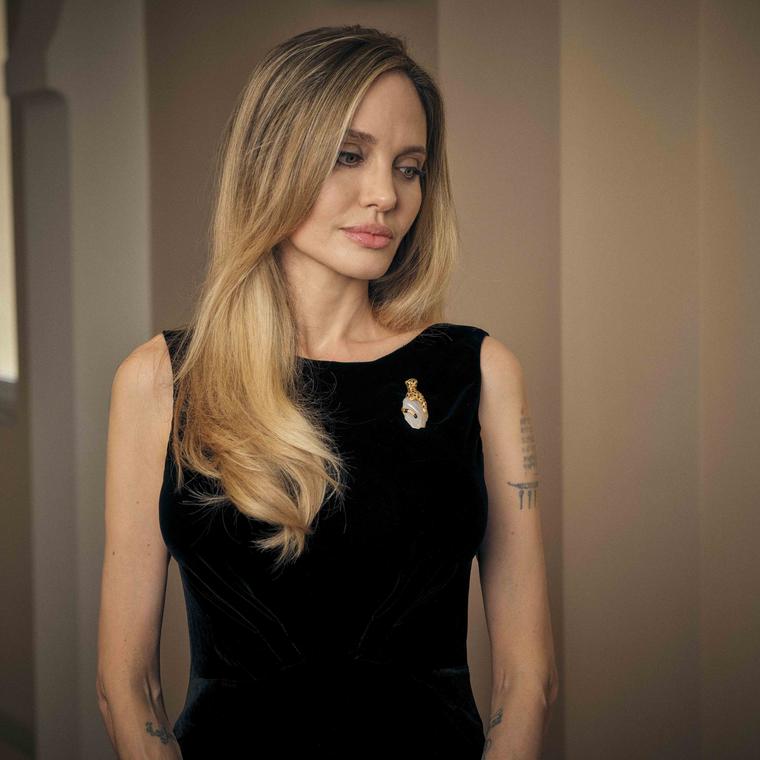
As Callas’ iconic status and wealth grew so did her collection. In 1955 Meneghini bought her an emerald and diamond necklace and 37.56ct emerald ring. She wore Cartier, Harry Winston and when she left her husband in 1959 for Aristotle Onassis, the wealthy shipping magnate lavished her with Van Cleef & Arpels jewels. During their period together, in 1967, she commissioned from Van Cleef a Five Leaf platinum brooch with six Burmese rubies and diamonds that she wore pinned to her shoulder at many public appearances.
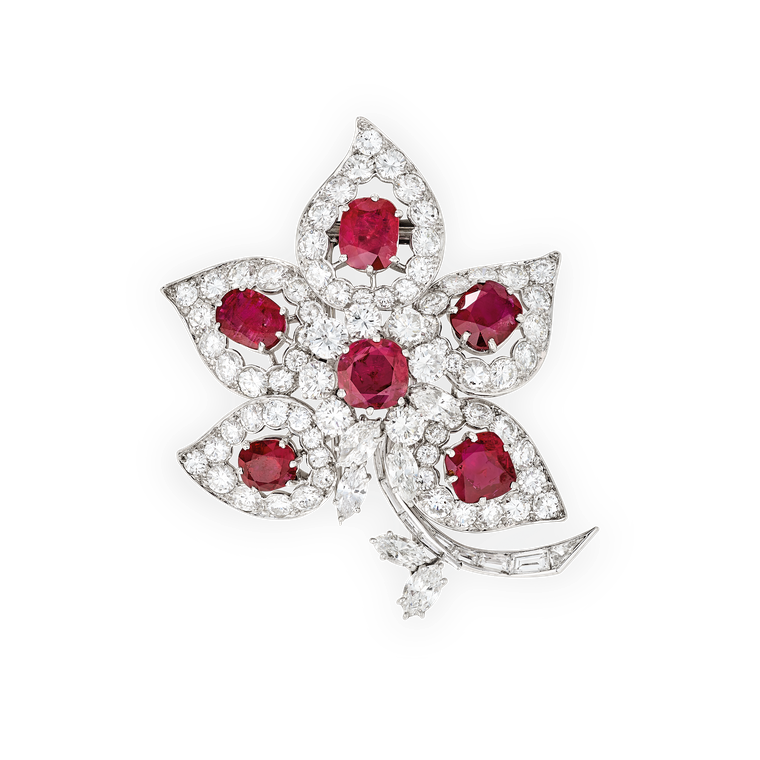
After he death in 1977 nothing was known of the whereabouts of her jewellery until some of it surfaced at a Sotheby’s auction in 2004, with the seller refusing to be identified. There was always speculation on who inherited some of the jewels. However, we do now know that Cartier bought some of it.






